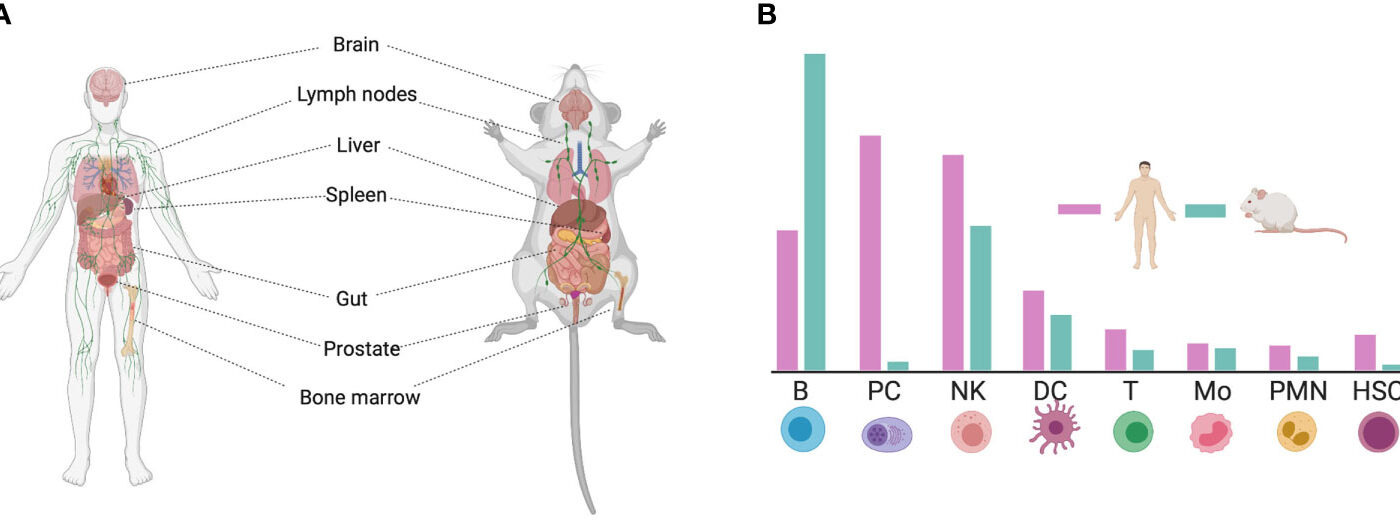Patient Derived Xenograft (PDX) models refer to engrafting of cancer tissues that are directly established and passaged in immunodeficient mice from fresh human tumors without any cell line manipulations. PDX models closely recapitulate original human tumors at the molecular and genetic level and maintain the original tumor microenvironment including heterogenic cell populations and tumor stroma interactions. These models are widely used to study cancer biology, drug development, and precision oncology. The growing demand for personalized medicine is driving the adoption of PDX models.
The global Patient Derived Xenograft Model Market is estimated to be valued at US$ 185.6 million in 2024 and is expected to exhibit a CAGR of 4.0% over the forecast period 2024 to 2031, as highlighted in a new report published by Coherent Market Insights.
Market Dynamics
The rising adoption of personalized medicine is expected to fuel the growth of the Patient Derived Xenograft Model Market over the forecast period. Personalized medicine aims to provide customized healthcare to patients based on their individual genetic profile. It develops targeted therapies tailored to the patient’s genetic makeup and molecular diagnosis of the disease. PDX models facilitate the development of personalized treatment approaches by recapitulating the human disease and therapy response better than cell lines alone. The models allow evaluating the impact of a patient’s specific genetic alterations on drug response. Additionally, the growing investment from public and private sectors to advance cancer research is also projected to boost the market growth. Various funding opportunities from government and non-government organizations have promoted the adoption of PDX models in cancer research studies.
Segment Analysis
The global patient derived xenograft model market is dominated by the human tumour implant sub segment which holds around 60% market share. This sub segment is dominating as human tumour implant models closely mimic human tumour growth and allow researchers to study cancer progression and drug responses in a natural microenvironment. These models are derived directly from patient tumour samples and are considered the gold standard model for translational cancer research.
PEST Analysis
Political: The market is positively impacted by increasing government funding for cancer research in major markets. Various governments are allocating higher healthcare budgets to develop effective therapeutics.
Economic: Rising healthcare expenditure and growth in the biotechnology and pharmaceutical industry drives the demand for advanced models in research.
Social: Growing cancer incidence rates, increasing public-private initiatives to enhance cancer care quality and offer personalized treatment increases focus on precision medicine research using models like PDX.
Technological: Continuous technological advancements to develop humanized models facilitate rapid evaluation of targeted drugs, biomarkers and therapeutics at preclinical stage enhancing success rates in clinical trials.
Key Takeaways
The global Patient Derived Xenograft Model Market Growth is expected to witness high growth. The global Patient Derived Xenograft Model Market is estimated to be valued at US$ 185.6 million in 2024 and is expected to exhibit a CAGR of 4.0% over the forecast period 2024 to 2031.
Regional analysis comprises the North American region dominates currently due to strong government support and presence of leading CROs and research institutes. The Asia Pacific region is expected to witness fastest growth owing to rising healthcare spending of countries like China and India.
Key players operating in the patient derived xenograft model market are Bioduro, Crown Bioscience Inc., Champions Oncology, Charles River Laboratories, WuXi AppTec, ONCODESIGN, EUROPDX and MI Bioresearch Inc.
*Note:
1. Source: Coherent Market Insights, Public sources, Desk research
2. We have leveraged AI tools to mine information and compile it



